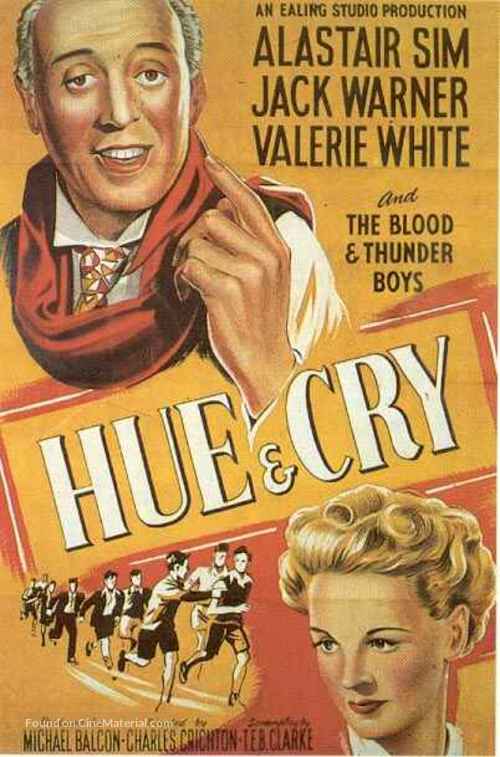
Mary Cassatt (American (active in France), 1844–1926), Mother’s Kiss, 1891, color drypoint and aquatint. Following the opening of Japan to the West in the 1850s, however, Japanese color woodblock prints began to arrive in Paris and artists and collectors alike took notice.īecause the color woodblock process, reliant on a workshop-style division of labor in Japan, was impractical for most individual artists to attempt, they sought instead to replicate the effects using intaglio processes.įamed set of ten color aquatints inspired by ukiyo-e prints was just one of the experiments being attempted by printmakers at the time. Tarred by its prior associations with frivolity and excess, color printmaking lay dormant in France’s fine-art realm for most of the nineteenth century. Clark Art Institute, 1955.1897Ī Century Later: Return to Color Intaglio Philibert Louis Debucourt (French, 1755–1832), The Climb, or Morning Farewell (L’escalade ou les adieux du matin), 1787, color intaglio on paper. Philibert Louis Debucourt (French, 1755–1832), The Two Kisses (Les deux baisers), 1786, colored aquatint on laid paper. Extremely costly, and intimately associated with the decadence of the monarchy, these exquisite, printed confections saw both their relevance and their primary clientele disappear abruptly in the wake of the French Revolution. By the late 1700s, attention turned to the possibilities of color intaglio (copperplate) printing, which offered greater subtlety.Ĭolor prints had already attained a zenith of technical perfection in France, but their popularity did not last. Since the Renaissance, chiaroscuro woodcut had been the most reliable technique of printing blocks of color, but it was inadequate to render more fine-tuned chromatic effects. “While the controversy over color may seem quaint, this exhibition tells a fascinating story to explain how the art world confronted this change” “By the terms of the period, prints were understood as an art of black and white if a print had color, it failed to qualify as fine art and had to be considered within some other classification, like illustration or advertising”. “Critics at the time scorned color printmaking, calling it gaudy, garish, vulgar, cheap, showy, and commercial”. “Color prints are so widely accepted and beloved today that it is difficult to understand the early opposition these works received,”. Olivier Meslay, Hardymon’s Director of the Clark. To the use of color in printmaking in 19th century France The exhibition presents the surprising but steady opposition Paul Signac (French, 1863–1935), In the Times of Harmony (Au Temps d’Harmonie), ca.


The Debate Over ColorsĬLARK ART INSTITUTE.


 0 kommentar(er)
0 kommentar(er)
